Beginning in 1945, Armour Research Foundation shifted from war production to selling licenses, while the Brush Development Company plowed ahead with manufacturing its own recorders. Armour licensed the manufacture of its recorders to over a dozen American and European manufacturers, and introduced a lighter, simpler “consumer” version, which could also play 78-rpm phonograph records. This was the model that many of the licensees adopted. The resulting income funded additional research that Armour hoped would help the organization remain at the forefront of the industry. Armour standards for wire speed, the wire itself, wire reels, and other basic features are adopted by nearly all manufacturers.
Brush recorders were also on the market by 1946, but Brush with few exceptions was unable or unwilling to license its designs. Lawyers for Brush and Armour would eventually work out a cross-licensing agreement between the two, but neither group benefited much from it. In the late 1940s and early 1950s Armour attracted dozens of licensees, most in the U.S., but also many companies in the UK, France, Germany, Sweden and elsewhere.
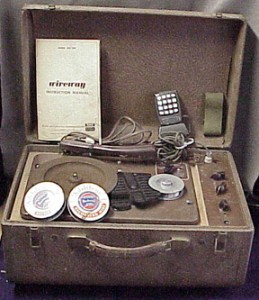
Wireway wire/phono combination
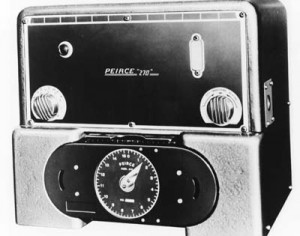
Peirce 210 cartridge-type wire recorder
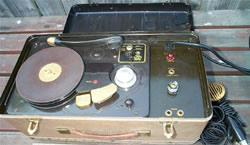
Astatic “Mirraphone” wire recorder/phono combination
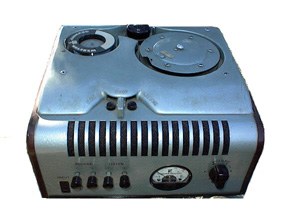
Webster-Chicago “Webcor” 178

Sivlertone wire recorder/phono combination
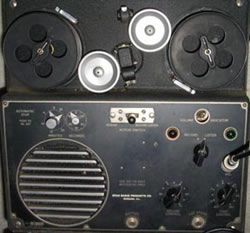
Utah wire recorder